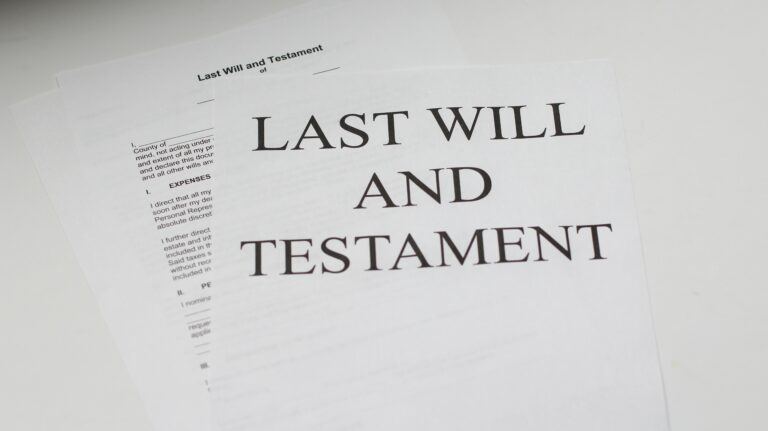
What Assets are Not Considered Part of an Estate?
In many families, more assets pass outside the Last Will than through the Last Will. Think about non-probate assets: life insurance proceeds, investment accounts, jointly titled real estate assets, assuming they were titled as joint tenants with right of survivorship, and the like. These often add up to considerable sums, often more than the probate estate.
This is why a recent article from The Mercury titled “Planning Ahead: Pay attention to your non-probate assets” strongly urges readers to pay close attention to accounts transferred by beneficiary.
Most retirement accounts like IRAs, 401(k)s, 403(b)s and others pass by beneficiary designation and not through the Last Will. Banks and investment accounts designated as Payable on Death (POD) or Transfer on Death (TOD) also do not pass through probate, but to the other person named on the account. Any property owned by a trust does not go through probate, one of the reasons it is placed in the trust.
Why is it important to know whether assets pass through probate or by beneficiary designation? Here’s an example. A man was promised half of this father’s estate. His dad had remarried, and the son didn’t know what estate plans had been made, if any, with the new spouse. When the father passed, the man received a single check for several thousand dollars. He knew his father’s estate was worth considerably more.
What is most likely to have happened is simple. The father probably retitled the house with his new spouse as tenants by the entireties–making it a non-probate asset. He probably retitled bank accounts with his new spouse. And if the father had a new Last Will created, he likely gave 50% to the son and 50% to the new spouse. The father’s car may have been the only asset not jointly owned with his new spouse.
A parent can also accidentally disinherit an heir, if all of their non-probate assets are in one child’s name and no provision for the non-probate assets has been made for any other children. An estate planning attorney can work with the parents to find a way to make inheritances equal, if the intention is for all of the children to receive an equal share. One way to accomplish this would be to give the other children a larger share of probated assets.
Any division of inheritance should bear in mind the tax liability of assets. Non-probate does not always mean non-taxed. Depending upon the state of residence for the decedent and the heirs, there may be estate or inheritance tax on the assets.
Placing assets in an irrevocable trust is a commonly used estate planning method to ensure inheritances are received by the intended parties. The trust allows you to give very specific instructions about who gets what. Assets in the trust are outside of the probate estate, since the trust is not owned by the grantor.
Your estate planning attorney will be able to review probate and non-probate assets to determine the best way to achieve your wishes for your distribution of assets.
Reference: The Mercury (April 12, 2022) “Planning Ahead: Pay attention to your non-probate assets”


